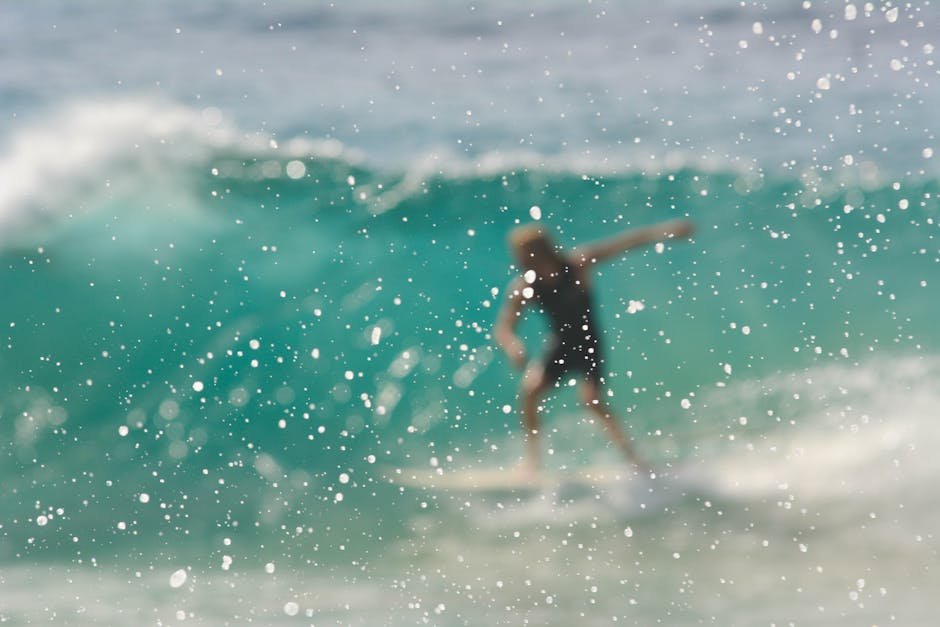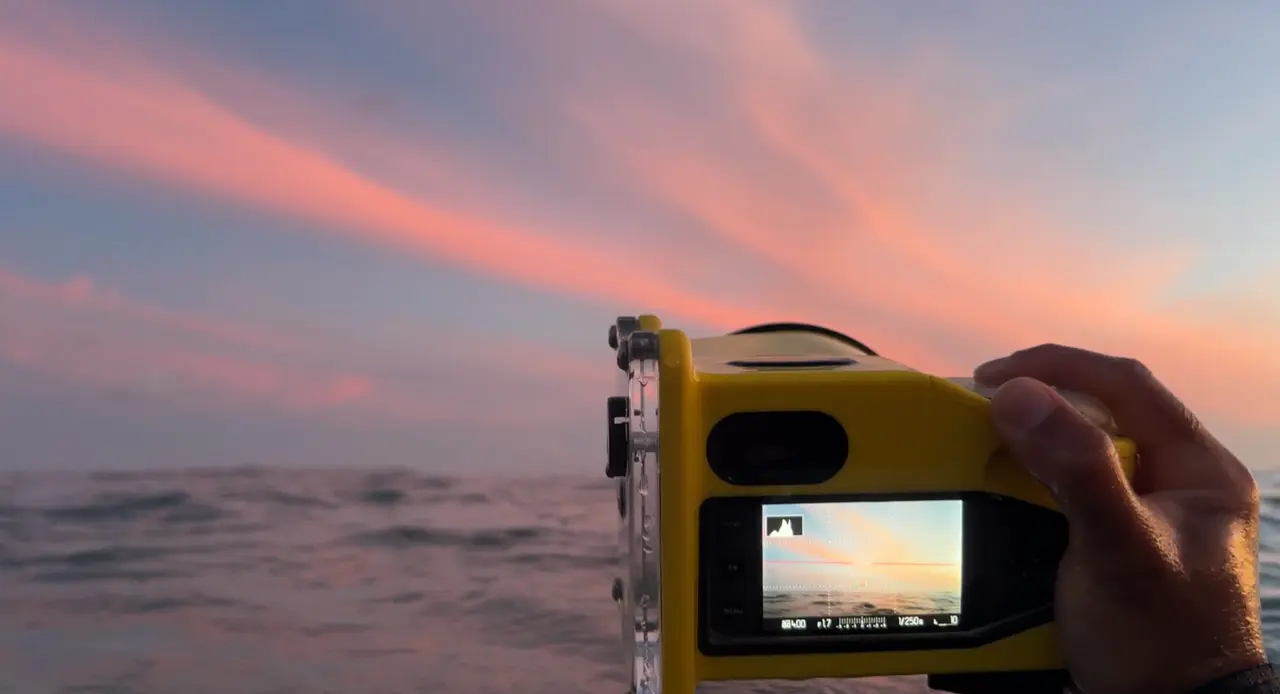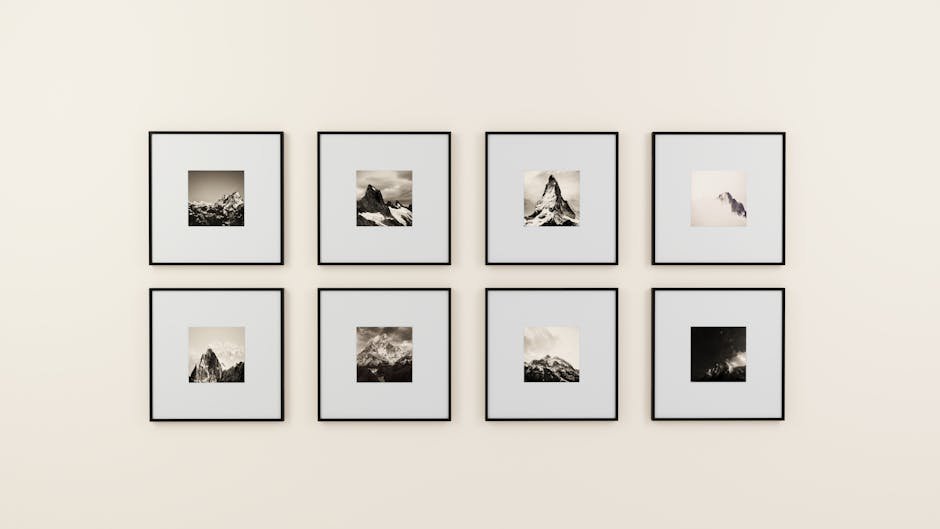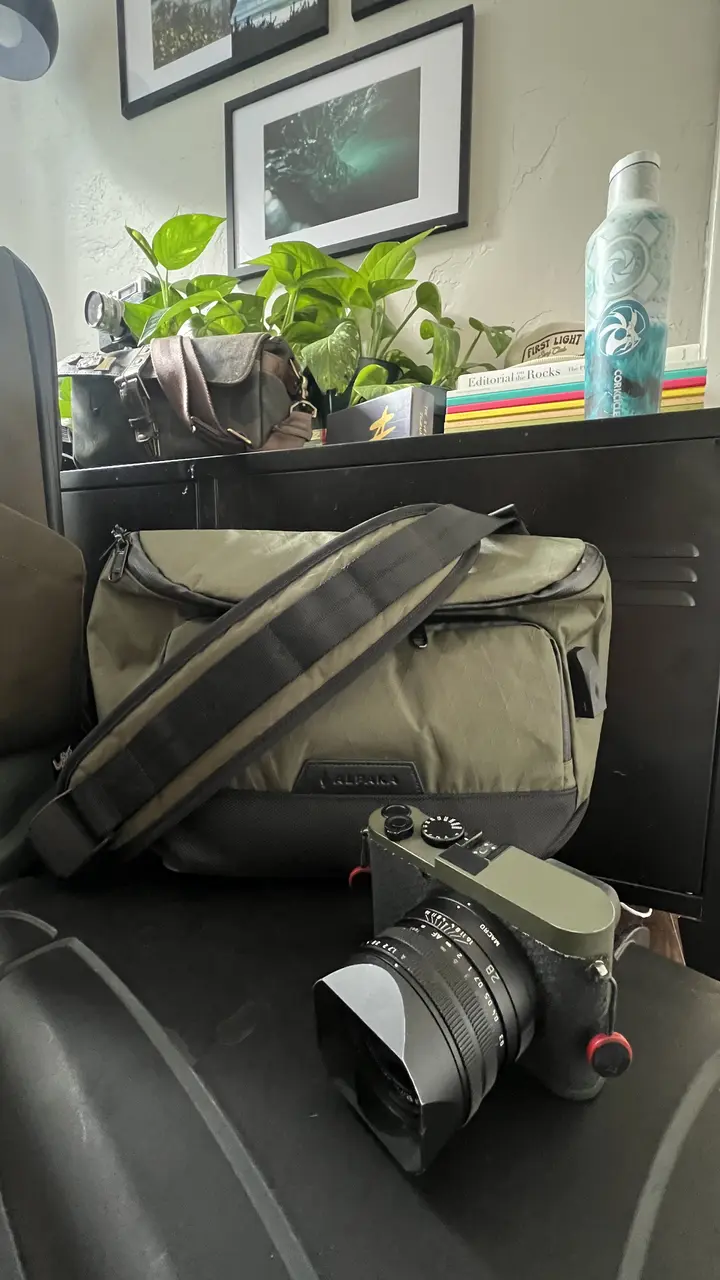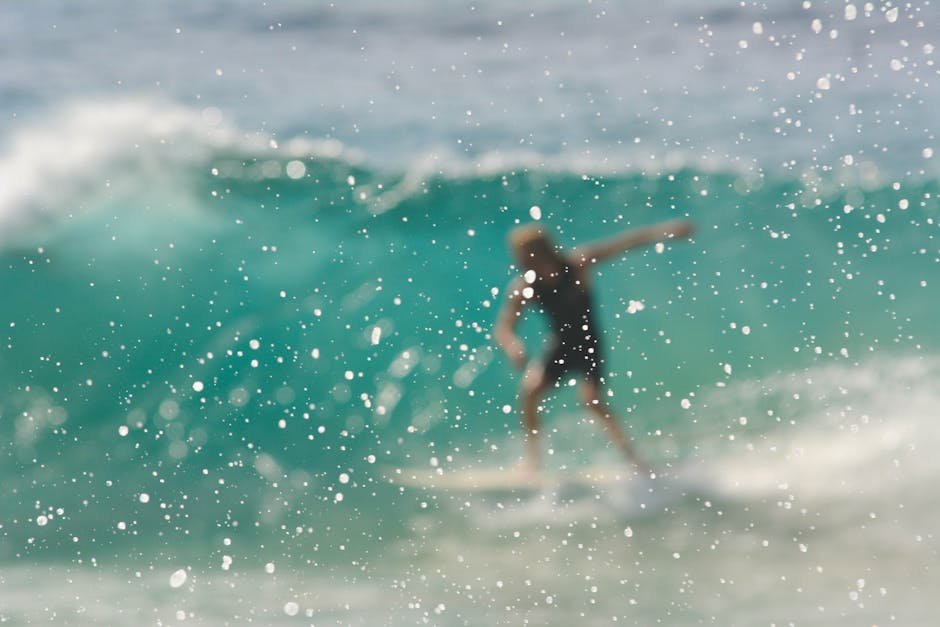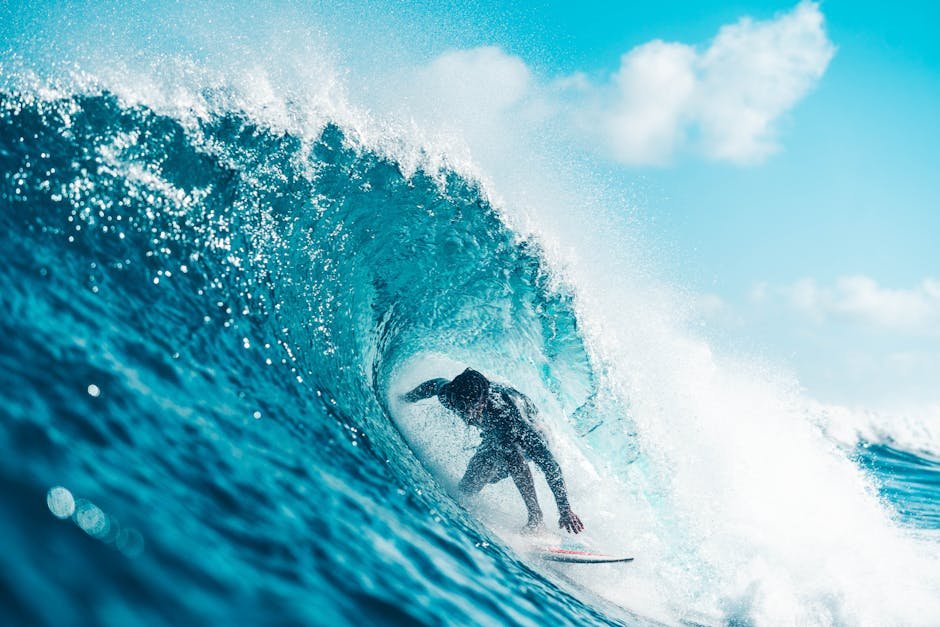The Role of a Surf Photographer in Branding
A surf photographer captures more than just waves; they encapsulate the essence of the surfing lifestyle, which brands can leverage to enhance their image. These photographers play a critical role in branding by providing authentic, high-quality visuals that connect deeply with the target audience. By showcasing the thrill and beauty of surfing, they help brands convey a sense of adventure, freedom, and connection with nature. This not only attracts attention but also builds a loyal community around the brand's identity. Surf photographers manage to turn ordinary moments into extraordinary stories, making them invaluable assets in the world of branding. Through their lenses, the raw emotion and unbridled passion of surfing come alive, resonating with both seasoned surfers and those who aspire to ride the waves. As a result, the images and stories they capture become powerful tools for brands to differentiate themselves in a crowded market while fostering an emotional bond with their audience.
How Surf Photography Shapes Brand Image
Surf photography does more than just capture thrilling moments on the waves; it's a powerful tool in shaping a brand's image. When a brand uses high-quality, breathtaking surf photos, it tells a story. It screams adventure, connection with nature, and a bold spirit. Such images quickly grab attention, setting the brand apart in a crowded market. Think about it, when you see an epic surf shot, you're not just seeing a surfer; you're glimpsing a lifestyle that's adventurous, free, and deeply in sync with the natural world. Brands that leverage this effectively can boost their appeal, especially among audiences who value these ideals. Through captivating surf photography, brands can communicate their identity, values, and promise without saying a word. It's all about the vibe they convey – that mixture of freedom, risk-taking, and the beauty of nature that resonates with people on a profound level. So, surf photography isn't just a nice-to-have for brands associated with surfing or outdoor lifestyles. It's a must-have that can elevate their image, connect with their audience on an emotional level, and make their message unforgettable.
The Influence of Visual Storytelling on Audience Engagement
Images speak louder than words. Professional surf photography goes beyond capturing a surfer riding a wave; it tells a story. A story that if told right, has the power to draw people in, creating deeper connections with audiences. When a brand uses high-quality, captivating surf images, it's not just selling a product or promoting a lifestyle. It's engaging in visual storytelling that resonates emotionally with viewers.
Visual storytelling through surf photography can drastically increase audience engagement. Here's why: People remember 80% of what they see but only 20% of what they read. A stunning surf photo can convey feelings of freedom, adventure, and connection to nature. These images evoke emotions and spark desires that words alone cannot achieve. Brands leveraging this form of storytelling are often seen as more authentic and relatable. This emotional bond is crucial for brand loyalty, as customers are more likely to support and recommend brands they feel connected to.
So, when you scroll through a brand's website or social media and pause at an incredible surf photo, remember—it's not just a picture. It's a meticulously crafted piece of storytelling designed to capture your imagination and, possibly, your heart.
Capturing the Essence of Surfing: A Skillset Overview
To truly capture the essence of surfing, photographers need a unique set of skills. First, they must have a keen eye for timing. Catching that perfect wave at the right moment means understanding both the sport and the sea itself. It's not just about snapping a shot; it's about capturing a story in a single frame. Then there's the technical side – knowing your camera inside out. Surf photographers often work in challenging conditions, from the glaring sun to the unpredictable ocean spray, so mastering camera settings is crucial. They juggle shutter speeds to freeze motion or create a blur that conveys movement, playing with aperture and ISO to deal with bright light or early mornings. Beyond the camera, there's a physical aspect. Swimming against waves with camera gear, positioning oneself on a moving watercraft, or even hanging from a helicopter, surf photographers take risks to get that perfect angle. To sum it up, surf photographers mix art, athletics, and science to showcase surfing in all its glory, significantly shaping a brand's image through the power of their lenses.
Case Studies: Brands Elevated by Surf Photography
Some brands become icons with the right image. Let’s look at Billabong and Quiksilver, prime examples where surf photography played a major role. For Billabong, capturing the essence of adventure, freedom, and the raw beauty of surfing catapulted their appeal globally. They weren’t just selling apparel; they were selling a lifestyle. Images of surfers riding towering waves, the sun setting in the background, became synonymous with the brand, driving its image to new heights. Quiksilver took a similar route. They leveraged surf photography to showcase not just the excitement of surfing but the culture around it. Their sponsored events, featuring top-tier surf talent, were documented through stunning photography, creating a visual feast that resonated with their audience. The impact? Both brands saw a surge in recognition, associating their products with the exhilarating world of surf, appealing not just to surfers but to anyone aspiring to that lifestyle. Through powerful imagery, they communicated more than words could, embedding their brand into the hearts of many.
Integrating Surf Photography into Marketing Strategies
Integrating surf photography into your marketing strategy can do wonders for your brand. It's not just about showing off your products; it's about sharing a lifestyle your audience wants to be part of. Here are a few ways surf photography can elevate your brand image. First, it captures the spirit of adventure. Surf photos that showcase the sea's vastness or a surfer conquering a massive wave tell a story far beyond the product. They evoke feelings of freedom and thrill. Second, it highlights your commitment to quality. High-quality, professional surf photographs show that your brand values excellence, not just in your products but in the way you present them. Lastly, it helps your brand stand out. In a sea of sameness, vibrant and dynamic surf images can make your brand memorable. By integrating surf photography, you're not just selling a product; you're inviting your audience into a lifestyle. This approach can significantly differentiate your brand in a crowded marketplace.
Challenges Faced by Surf Photographers
Capturing the perfect wave isn't just about luck; surf photographers face a series of challenges to get those impactful shots that strengthen brand images. Firstly, the unpredictable nature of the sea means conditions can change in an instant, making it hard to plan shots. Then, there's the physical risk. Photographers often find themselves in the water, dodging surfboards and navigating strong currents to get close to the action. Equipment failure is another hurdle. Saltwater and sand can damage cameras and lenses, leading to costly repairs or replacements. Moreover, getting noticed in a sea of talent requires not just skill but also a unique creative vision. Standing out is tough when so many are trying to capture the same waves. Lastly, securing gigs can be as challenging as the photography itself. Building a name and connecting with brands looking for that perfect shot to define their image takes persistence and a bit of luck. In the end, the struggle to overcome these challenges is what makes surf photography not just a job, but a passion for those dedicated to it.
Tips for Choosing the Right Surf Photographer for Your Brand
When picking a surf photographer for your brand, think simple but effective. First off, check their portfolio. You want someone whose style screams your brand's vibe. Look for pictures that grab your eye and don't let go. Next, consider their experience. How long have they been shooting the waves? Experience matters because it means they know how to capture the action, the energy, and, most importantly, the story.
Don't forget about reliability. Can they deliver on deadlines? Ask around, read reviews. You want a pro, not someone who'll leave you hanging. Lastly, think about the budget. Sure, you want the best, but does the best align with what you can spend? Find a balance between quality and your wallet. Remember, the right photographer isn't just a cost; they're an investment in your brand's image. So choose wisely.
Conclusion: The Lasting Impact of Surf Photography on Brand Perception
The power of surf photography in shaping a brand's image is undeniable. Through the lens, moments of sheer thrill, bravery, and the raw beauty of the sea are captured, telling a story that resonates with audiences far and wide. It's more than just taking pictures; it's about creating a connection, a feeling of awe and aspiration. Brands that leverage this art effectively can see a significant positive shift in how they are perceived. It's not just about selling a product but about inviting people into a lifestyle, an experience. This is where professional surf photography truly shines and leaves its mark. By tapping into the emotions and aspirations of their audience, brands can transcend the ordinary and become symbols of adventure, freedom, and challenge. The impact is profound and lasting, transforming mere viewers into loyal followers and turning products into icons. Remember, in a world where image matters, surf photography is a powerful tool in the brand-building arsenal.

